Babatunde Esanju is a Senior Software Engineer, open-source contributor, and technology entrepreneur with nearly a decade of experience building products across LegalTech, FinTech, Insurance, Remittance, EdTech, CareTech, and Ticketing. His work bridges technology and impact, from digitising SME loans at the Lagos State Employment Trust Fund to leading cross-border payment platforms like Wyrr and GenCapita that enable Africans to send money and invest globally.
Today, Babatunde leads engineering initiatives at TixTrack and Caresyntra in the UK, building enterprise systems that power accessibility, compliance, and care innovation. He also founded TechNaija FM, a podcast amplifying African tech voices, and created PayBridge.SDK, an open-source .NET toolkit that simplifies global payment integration.
- Explain what you do to a 5-year-old.
I build invisible bridges that help people and computers understand each other. You know when your mum sends money to a friend, or someone buys a concert ticket online, or a nurse gets a message to check on a patient? My job is to ensure all those things happen safely and instantly, even though you can’t see what’s happening underneath.
I spend my days designing the digital systems that make life smoother for everyone, whether it’s Caresyntra, which helps care homes use AI to plan better care for people, or PayBridge.SDK, which helps developers connect payment platforms around the world.
Think of me like a bridge builder: I don’t just build for technology, I build for trust, so that every click, every payment, and every care request reaches the right place without breaking.
- What’s the wildest tech issue you’ve ever had to fix under pressure?
One of the most intense moments in my career happened during the rollout of Advanced Reporting at TixTrack, a feature designed to give clients real-time insights into ticket sales and event performance. Minutes before a major scheduled data export, our reporting API began timing out, threatening analytics delivery for a live venue with thousands of active users.
While leading part of the engineering response, I traced the failure to a bottleneck in the report-generation pipeline and worked on a quick optimization that stabilized the data flow without losing historical context. That experience later inspired me to build an open-source Tableau SDK for .NET, enabling other developers to integrate reporting features more easily in their own systems.
At the same time, I contributed to other high-impact systems like Nimbus Accessibility, which provides ticketing promotions for people with disabilities, and Ticket Transfer, which lets users securely transfer tickets between accounts. Each of these projects tested our ability to build reliable, inclusive, and high-performance software under pressure, but when everything finally worked seamlessly, it felt like magic.
- You’ve built in fintech, agritech, and caretech. Which one surprised you the most?
CareTech surprised me the most, not just for its complexity, but for how deeply it connects technology to humanity. Coming from FinTech, where success is often measured in transaction speed and reliability, CareTech forced me to rethink innovation through the lens of compassion and trust.
When I started building Caresyntra, an AI-powered care management platform for care homes, I saw firsthand how technology could restore dignity to caregivers and patients. We automated rostering, compliance checks, and patient records, but the real magic was watching how digital empathy could make care delivery more personal and predictable.
It’s the one space that constantly reminds me that innovation isn’t just about efficiency or scale, it’s about creating systems that understand human needs and respond with empathy. That perspective changed how I now approach every product I build, whether in finance, accessibility, or healthcare.
- What problem keeps you up at night in a good way?
I’m constantly thinking about how to make trust programmable, how to design technology that people can believe in, not just use. Across my work in fintech, caretech, and accessibility, I’ve seen that the biggest barrier to adoption isn’t lack of features, it’s lack of confidence.
So I’m obsessed with embedding transparency, accountability, and inclusion directly into the systems we build. In finance, that means making every transaction verifiable and auditable without friction. In healthcare, it means giving patients control over their data and ensuring AI doesn’t make decisions they can’t understand.
My long-term vision is to build infrastructure through open-source SDKs like PayBridge or AI-powered care systems like Caresyntra, that treat trust as code. In other words, systems where ethical design, verifiable logic, and user empowerment aren’t afterthoughts, but part of the architecture itself.
That’s the kind of challenge that keeps me awake in the best possible way, because if we can make trust programmable, we can make technology genuinely human.
- If you could automate one part of everyday life, what would it be?
I’d automate emergency response for people with disabilities, because in critical moments, seconds can save lives.
Imagine if your phone, smartwatch, or home device could instantly detect distress, a fall, panic trigger, or health emergency, and automatically alert the nearest trained neighbor, carer, or volunteer instead of waiting for a traditional response team. That single automation could transform how quickly help reaches people who often feel invisible in moments of crisis.
This idea has been a personal passion of mine and a key inspiration behind the AI-driven assistance network I’m currently designing. It uses location intelligence, accessibility data, and community-based routing to connect people in need with those best equipped to help, all while respecting privacy and autonomy.
For me, automation should go beyond convenience; it should create compassion at scale. Building systems that save time is great, but building systems that save lives, that’s the kind of technology that truly matters.
- What’s a tool or piece of tech you can’t live without?
Without question, Visual Studio Code, GitHub Copilot, and Redis.
Visual Studio Code is where every idea begins for me, from building prototypes for startups to writing production-grade APIs for global platforms. It’s lightweight yet powerful enough to support everything from C# microservices to frontend experimentation.
Then there’s GitHub Copilot, which has completely redefined how I think about coding. It’s not just an autocomplete tool; it’s like pair-programming with an assistant who never sleeps. It helps me translate thought into logic faster, so I can spend more time on architecture, design patterns, and developer experience.
And finally, Redis, my silent powerhouse. I use it for distributed caching, real-time message queues, and scalable session management in high-traffic systems. Whether it’s powering queue distribution in PayBridge.SDK or optimizing performance in TixTrack’s reporting pipelines, Redis has become a core ingredient in how I design for speed and resilience.
These tools represent more than convenience; they embody the craftsmanship of modern software engineering. Together, they help me build systems that are not just functional but truly performant, scalable, and delightful to use.
- What’s your hot take about vibe coding and what an inexperienced developer can truly automate and build today without knowing a lot about coding?
No-code and vibe-coding tools are amazing for lowering the barrier to entry; they’ve helped thousands of people turn ideas into products without needing deep technical knowledge. But I believe the real magic happens when people go beyond assembling tools and start thinking like engineers, focusing on problem-solving, system design, and user empathy.
With today’s AI copilots and automation frameworks, even beginners can build dashboards, chatbots, and basic automation pipelines. But the future belongs to those who combine creativity with engineering thinking, people who ask “Why should this exist?” before asking “How do I build it?”.
That’s the mindset I encourage through my open-source projects and TechNaija FM conversations, helping upcoming developers see that technology isn’t just about code; it’s about impact, trust, and understanding the people you’re building for.
- What’s your secret for staying creative while coding?
I see coding as a form of storytelling. Every class, function, or API has a narrative, a purpose, a conflict, and a resolution. That perspective helps me write code that’s not just functional but expressive.
I also stay creative by building open-source tools like PayBridge.SDK and CronCraft, where I can experiment with ideas that solve real developer pain points. Contributing to the developer community keeps me curious, and teaching others often leads me to new insights.
Sometimes, creativity simply means pausing to listen to the users, to the team, or even to my own frustration. Every bug or limitation is an invitation to think differently.
- If you weren’t an engineer, what would you be doing instead?
I’d still be telling stories, probably as a radio host or creative producer. That’s what led me to create TechNaija FM, a platform where I merge my passion for storytelling and technology.
Through it, I spotlight African innovators, startup founders, and engineers shaping the continent’s digital transformation. It’s a different kind of engineering that builds community, not just code.
- What’s one underrated thing about Africa’s tech ecosystem that people don’t talk about enough?
Our resilience and contextual innovation. Africa’s tech ecosystem thrives not because things are easy, but because constraints inspire creativity. We build payment systems that work offline, logistics platforms that navigate unreliable infrastructure, and care systems that blend technology with community empathy.
What the world often misses is that African developers are quietly defining global models for inclusive innovation, building for people, not just profit. The combination of resilience, creativity, and purpose-driven engineering is Africa’s most valuable export.
That’s why I’m passionate about amplifying African tech stories globally, because the world has as much to learn from Africa’s ingenuity as Africa has to learn from the world’s resources.

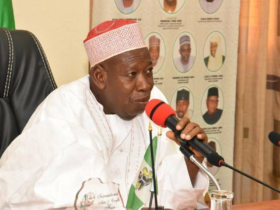
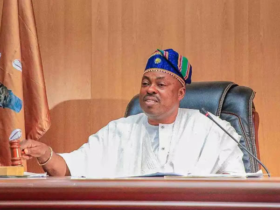



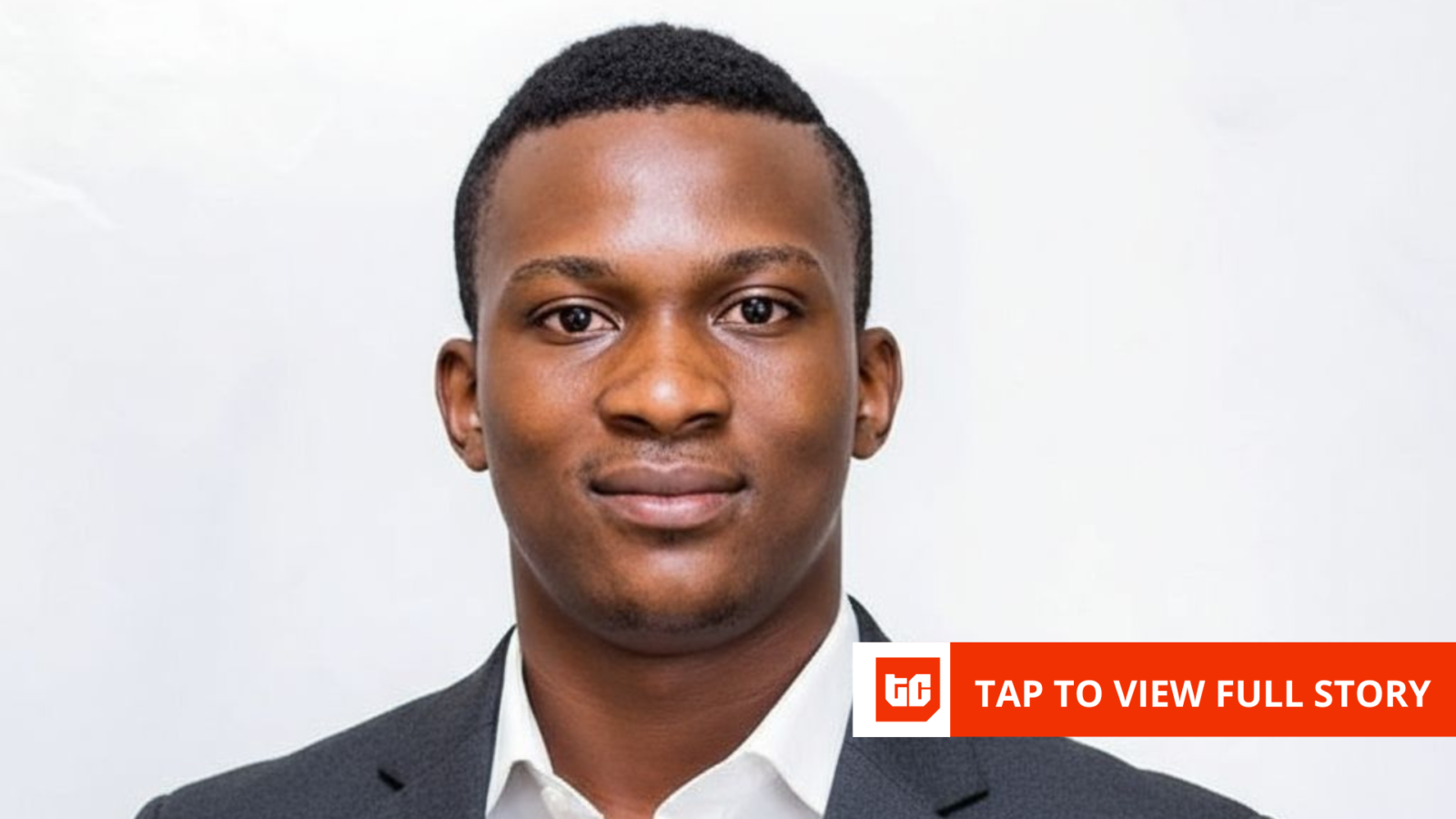
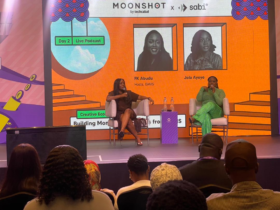
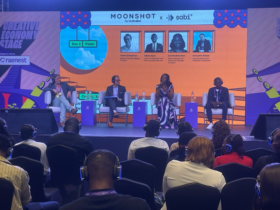
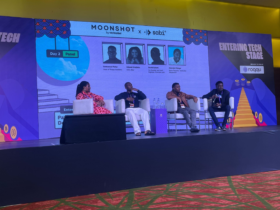
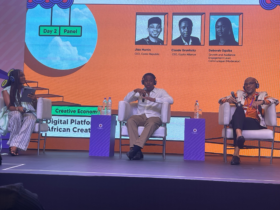
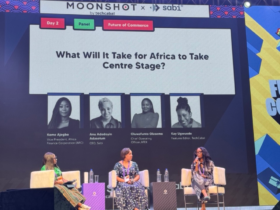
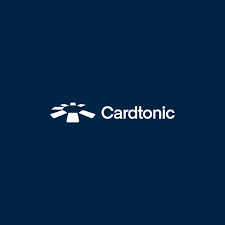
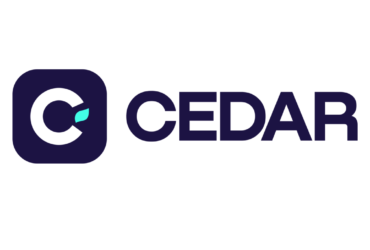
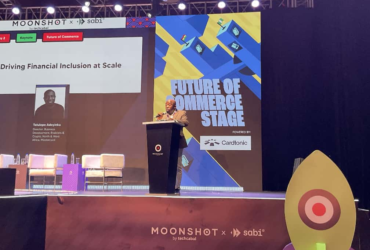
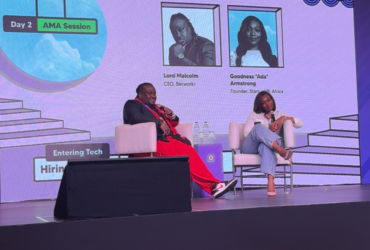
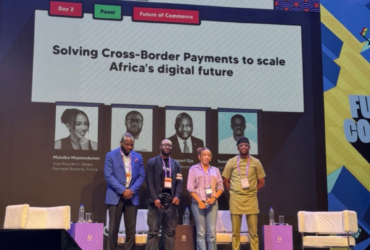
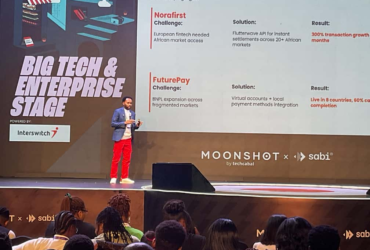
Leave a Reply